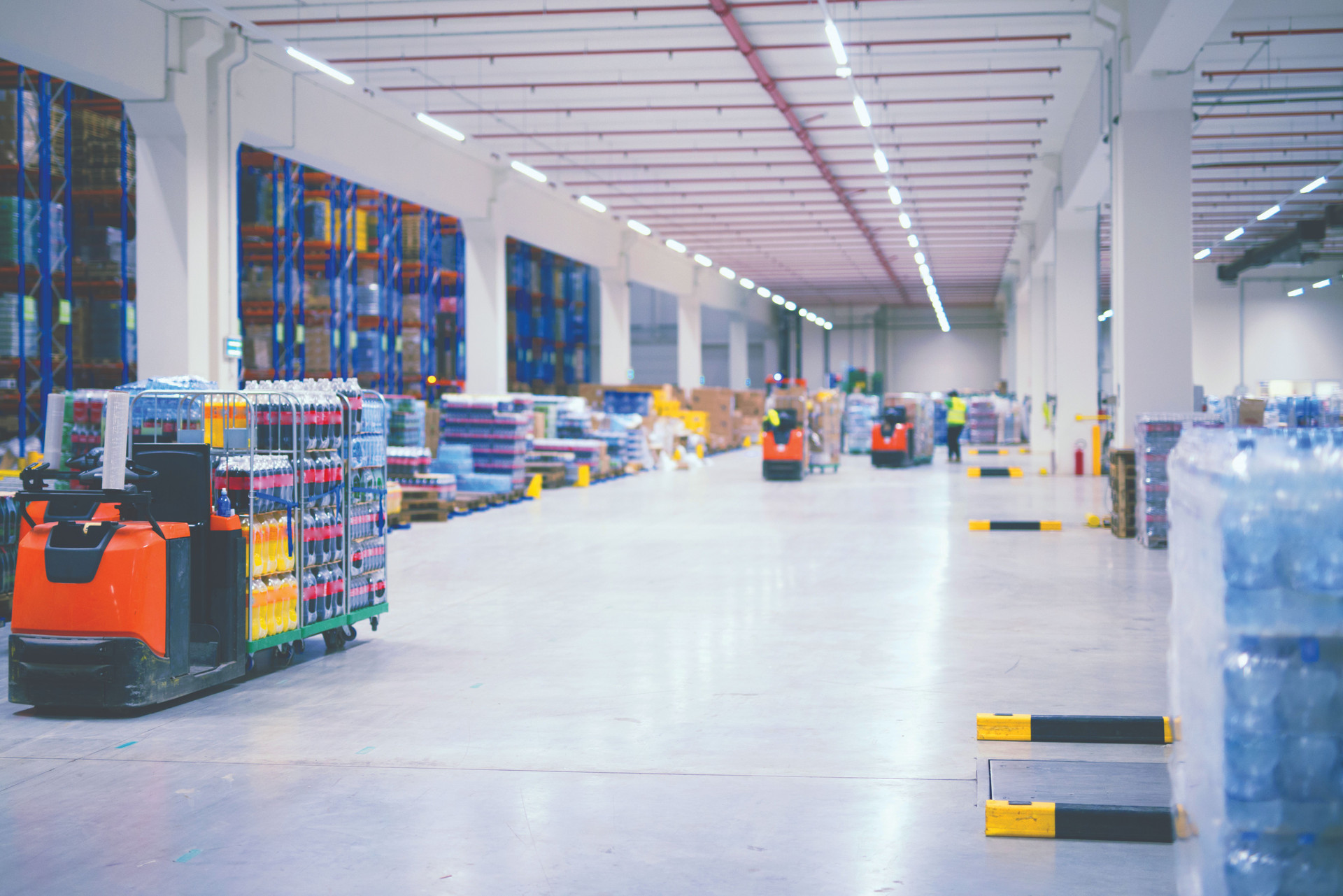Linkage and internal force
English - Ngày đăng : 11:36, 11/08/2022
FIFTEEN YEARS AND THOUGHTS
A conference to review 15 years of implementing the Resolution by the Politburo on socio- economic development, defense and security of the Southeastern and the Southern Key Economic Zone was held on July 9 in HCMC.

This is the region with the highest economic indicators in the country- achievements confirmed; however there are shortcomings and weakness to be identified. Although it has had rapid developments, the regional industry lacks sustainability and synchronization, mainly doing tasks of processing, assembling with low added values; it also had improper distribution to industrial parks and export processing zones; outclass high-quality service sectors have not met development requirements; there is weak linkage and synchronization. Moreover, overloaded traffic, frequent flooding and behind-schedule construction works are also problems.
In addition, technical and social infrastructure has not kept pace with development; the quality of human resources has not yet met requirements from international integration; potential of science, technology and innovation has not reached the target- not becoming a driving force to improve labor productivity, competition abilities, and socio- economic development of the region.
Particularly, linkages among localities in the region are not tight enough: there have been no long-term strategy for linkage within regions and inter-region. In other words, it is a consequence of ‘peasant thinking' and ‘term thinking’ in development planning.
Currently, the region is facing many challenges- its development is below its potential and is unable to play well its role as the socio-economic center of the country. Particularly, its growth rate slowed down and was slower than the general growth rate of the country; the role of being an import-export hub becomes less significant; the e ciency of capital use in the region is always the lowest and lower than the national average; regional economy reduce it proportion in the national economic structure.
The Southeaster and the Southern Key Economic Zone have great potential, but do not have commensurate developments? How to exploit the full development space? e current and future problem is the planning should be modern and regional coordination mechanism should be built; localities in the region are identi ed to be links in the value chain; they should be made the most of outstanding opportunities, di erentiating potential and competitive advantages...
The SE region and the SFEZ have great potential, but the development is not commensurate. How to exploit the full development space? e current and future problem is that the planning must be modern; regional coordination mechanism must be developed, localities in the region must be positioned as a "link" in the value chain; make the most of outstanding opportunities, di erentiating potentials, competitive advantages...
It is important to organize a synchronous, drastic and e ective implementation of timely resolution of di culties and problems in the direction of clear; promoting the initiative of localities...
RECALLING THE CONCEPT OF LINKAGE

According to PhD. Luong Phuong Hoa, regional economic linkage is essentially "the association among di erent economic subjects in a region, mainly based on economic interests to promote comparative advantages and create competition abilities for a region”. Accordingly, the forms of regional economic linkages are expressed in terms of economic space by territory, commodity chain, and production organization. e guidelines and policies on regional development and regional linkage not only create driving forces for economic development, but also help disadvantaged areas to well perform their functions of conserving resources, ecology, stabilizing security, politics and society.
Recognizing the importance of regional linkages with the socio-economic development of the country, the document of the XII Congress focused on the aspects of uni ed management, strategy, planning, and renewal of the decentralized mechanism between the central and local authorities, building a number of special economic zones to create growth poles and test the breakthrough regional development institutions.
The document of the XIII Congress continued to emphasize improvement of the quality of regional planning: renovating and perfecting the institutions for e ective regional management, bringing into full play the potentials and advantages of each region, and strengthening linkages between localities in the region and among regions. Deploying potentials and strengths of each region, and at the same time give priority to development of dynamic economic zones, creating attractiveness and spreading development to localities in the region and to other regions. Adopting policies to support the development of regions facing many di culties, especially deep-lying and remote areas, ethnic minority areas, mountainous areas and islands; forestry economic development. Renovating the mechanism of decentralization, associating with delineation and enhancement of central and local responsibilities. e document also de nes “e ective participation in production networks and global value chains”.
The story of the Southeastern region and the Southern Key Economic Zone shows all resources should be focused on developing the regional socio- economic infrastructure, especially synchronous and modern transport infrastructure, connecting within the region and inter-regions.
Not only at the conference summarizing the 15 years of implementation of the Politburo's Resolution on socio-economic development and ensuring national defense and security in the Southeastern and Southern Key Economic Zones, but on the a ernoon of July 10, in the working session with Can o province, Prime Minister Pham Minh Chinh mentioned the keywords "planning" and "linking" when giving guiding ideas to remove bottlenecks.
Socio-economic development strategy of each locality and region should clearly show regional linkage, and soon remove the closed economic development. Regional planning should be associated with specific socio-economic conditions of the region and should be determined and implemented in each specific period. In particular, in the context of the Industry 4.0, the work of planning in general and for regional linkages in particular cannot be ignored.
